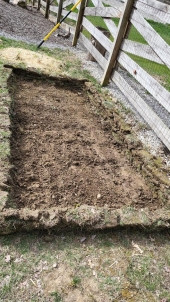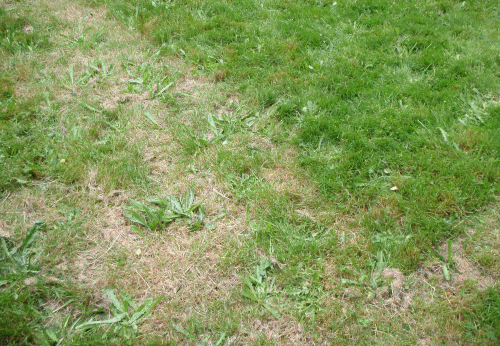
 1
1




 2
2












Lucrecia Anderson wrote:Depending on where you live one thing to watch out for is cutworms. The moths lay eggs in grass and if the grass disappears and new plants are placed there when the eggs hatch the little grubs (cutworms) have no choice but to demolish the veggie plants.
If you are not familiar with cut worms they are truly horrid for gardeners, they live in the soil and emerge at night to wrap around the stems of plants and sever them clean off. Imagine having beautiful foot tall bean plants, or cucumber plants beginning to produce fruit, and coming out the next morning to discover that "someone snuck in the garden at night snipped all the stems off at the base with a pair of scissors" and the healthy beautiful plants are laying on the ground. That is what cutworms do!
You can use BT to control them but some people have BIG problems especially the first year. Layering lots of stuff (cardboard, new soil etc...) on top of the bed can help.
Also lots of folks will say it is "easy" to prevent cut worm damage by using little plastic or foil collars etc.... If the infestation is bad those little collars do NOT work. I tried everything last year and had 3 crops of beans wiped out anyway.
You can see with only one eye open, but you'll probably run into things and stub your toe. The big picture matters.
 2
2




My online educational sites:
https://www.pinterest.ca/joelbc/homestead-methods-tools-equipment/
https://www.pinterest.ca/joelbc/mixed-shops/
 1
1




Argue for your limitations and they are yours forever.





|
Let nothing stop you! Not even this tiny ad:
Learn Permaculture through a little hard work
https://wheaton-labs.com/bootcamp
|




